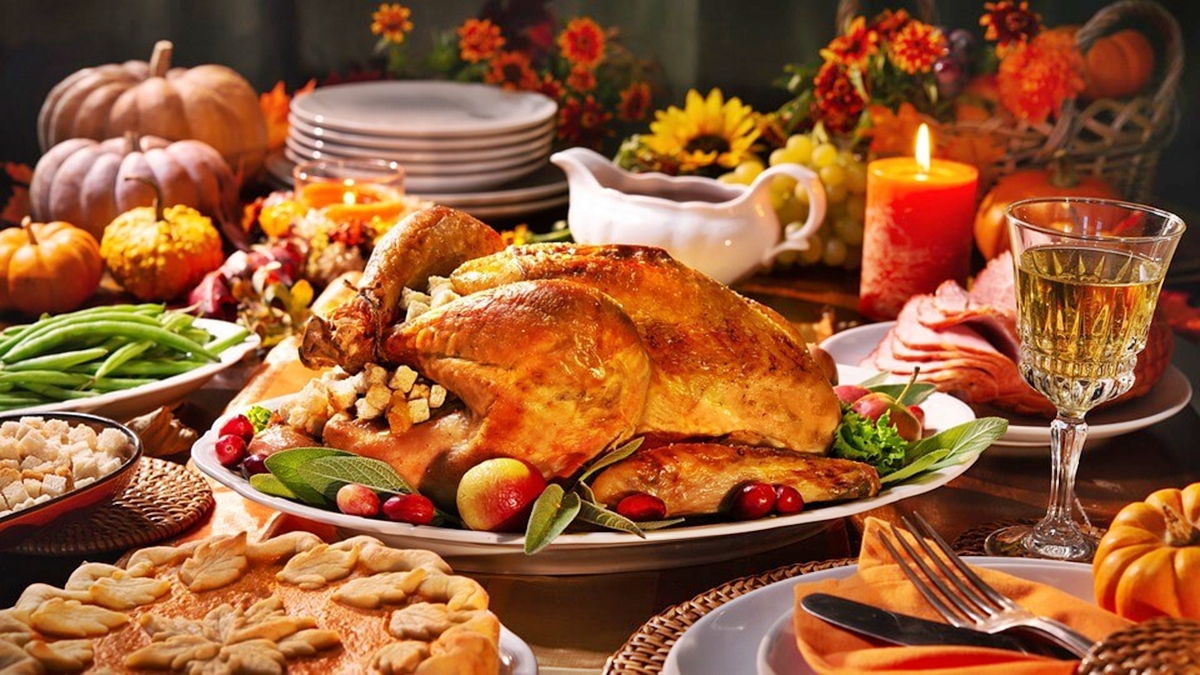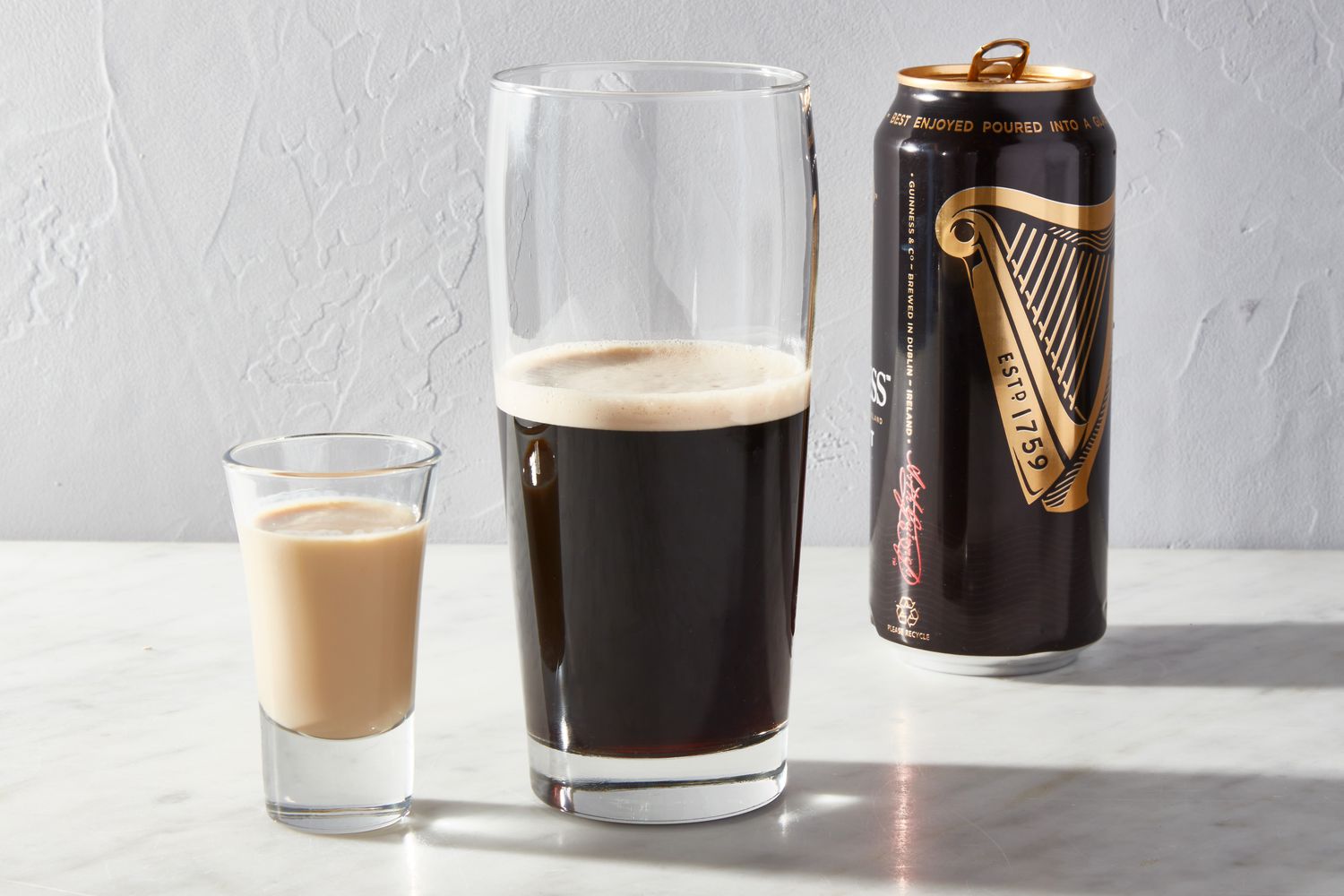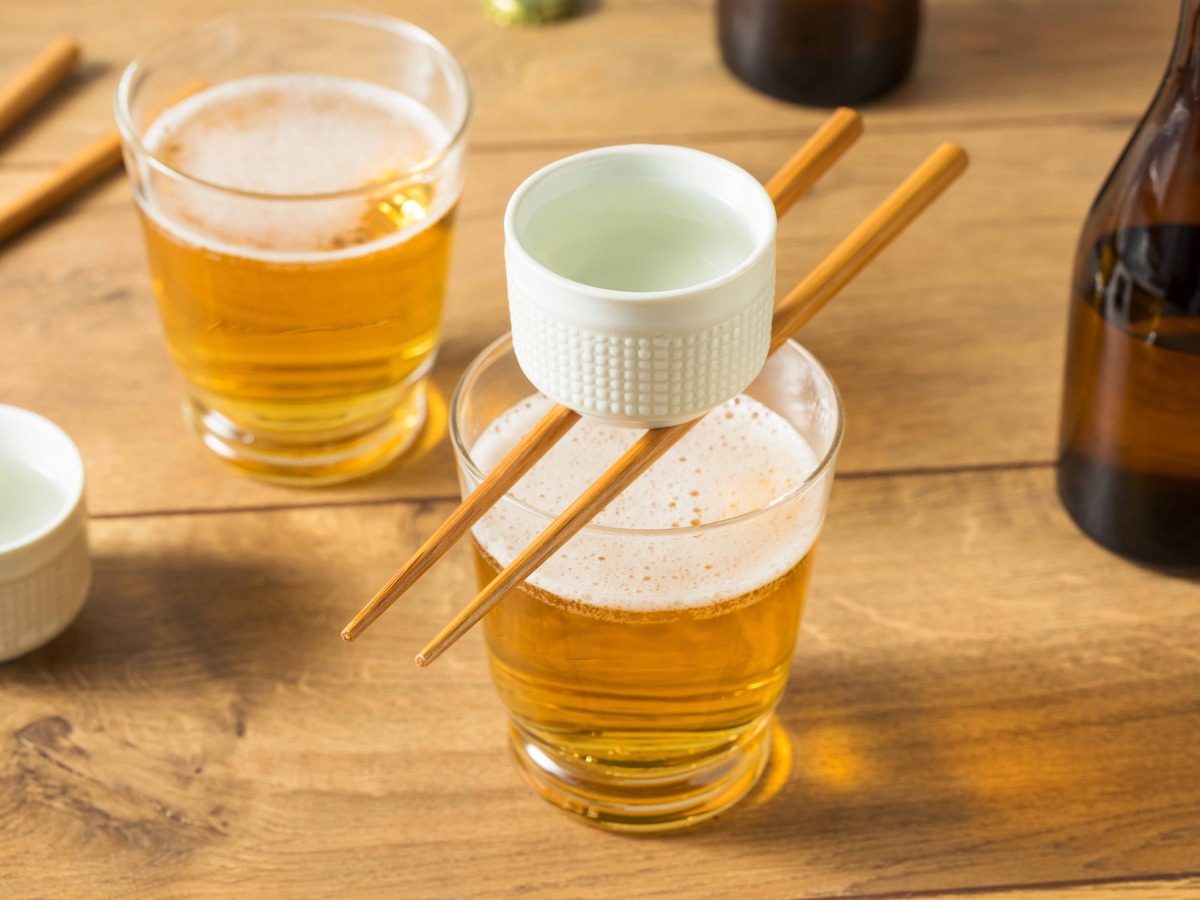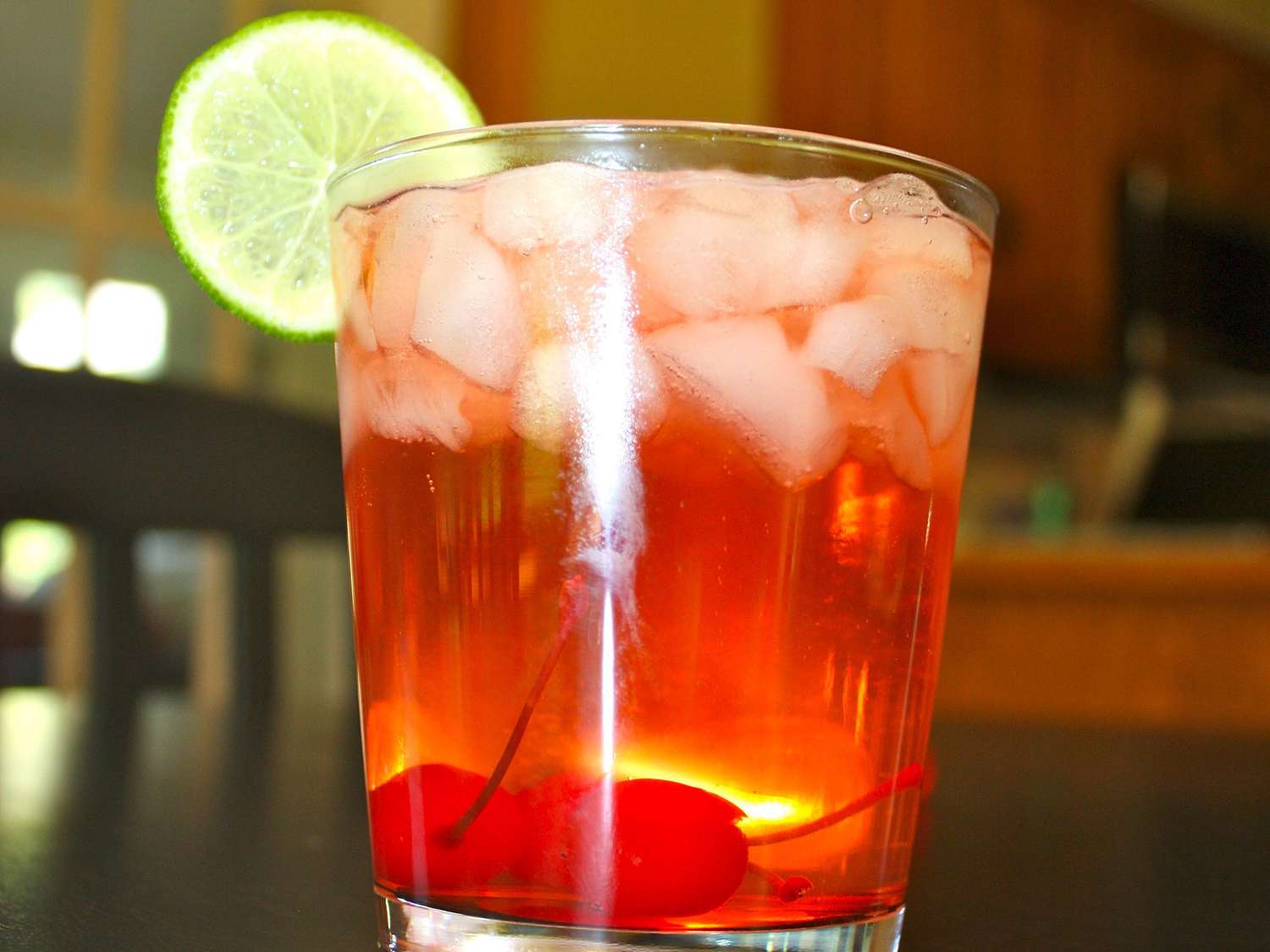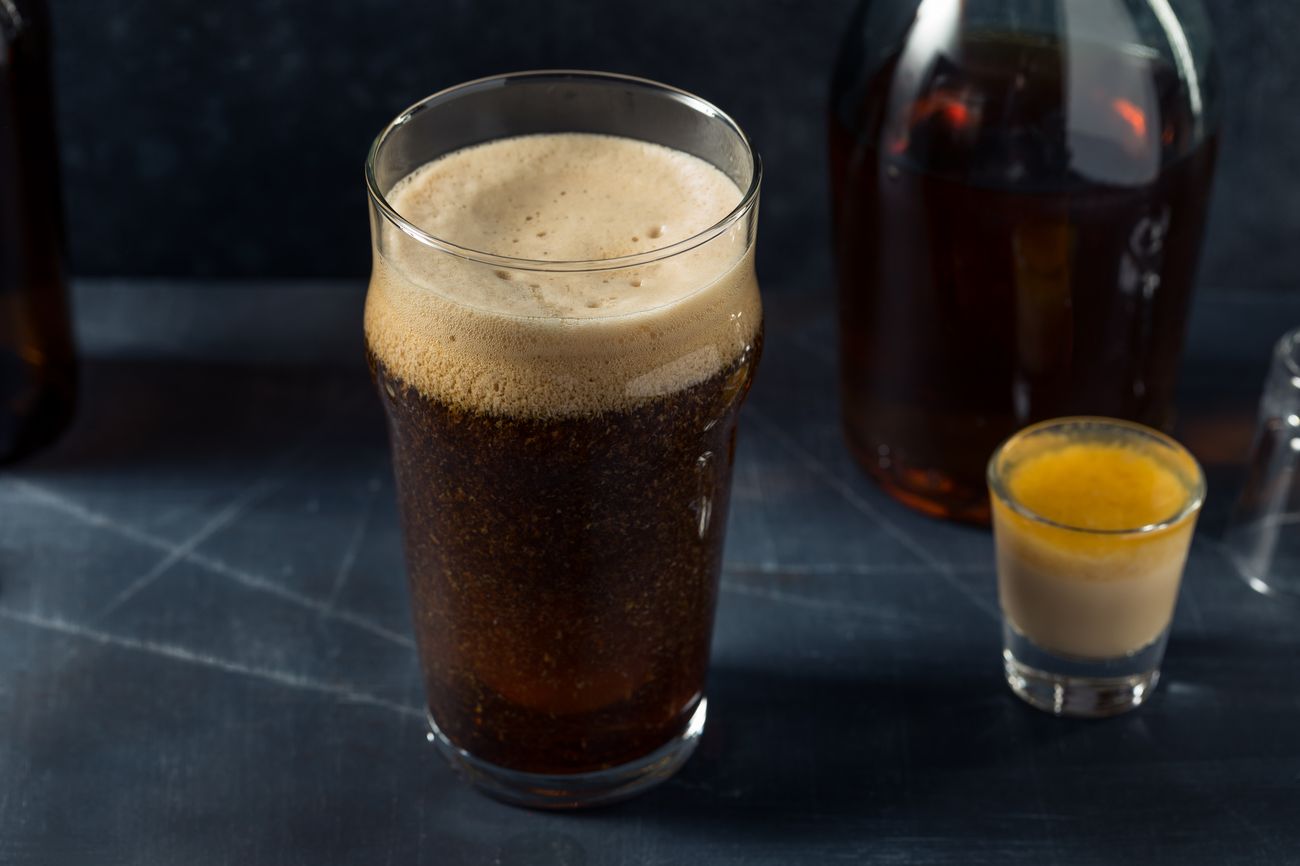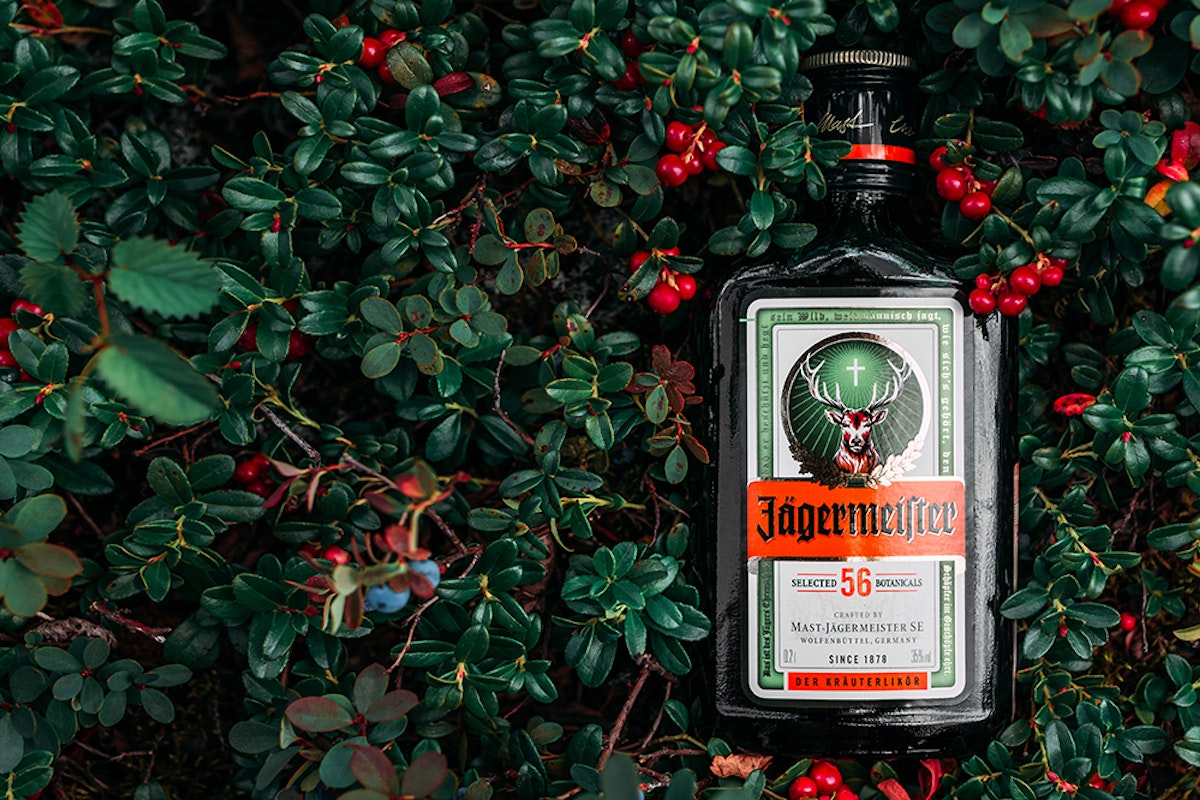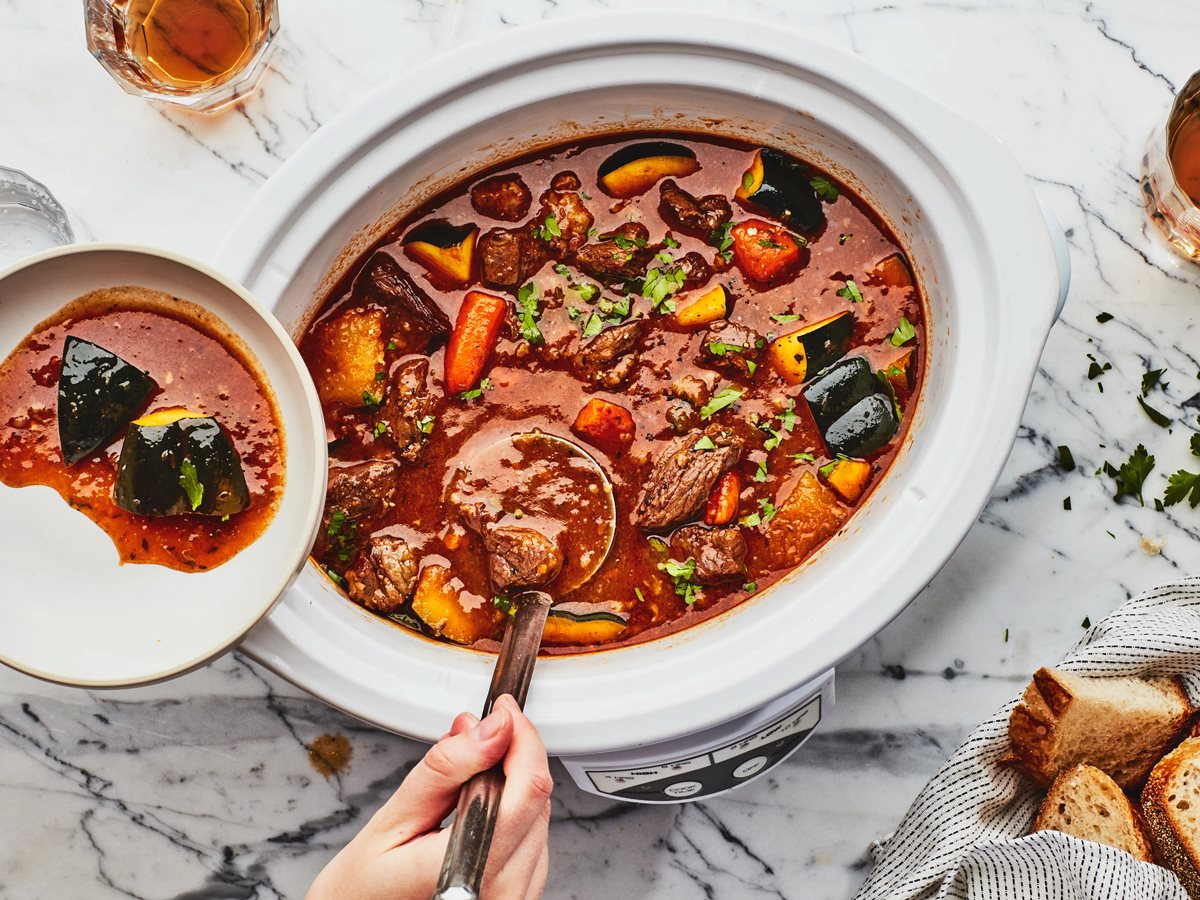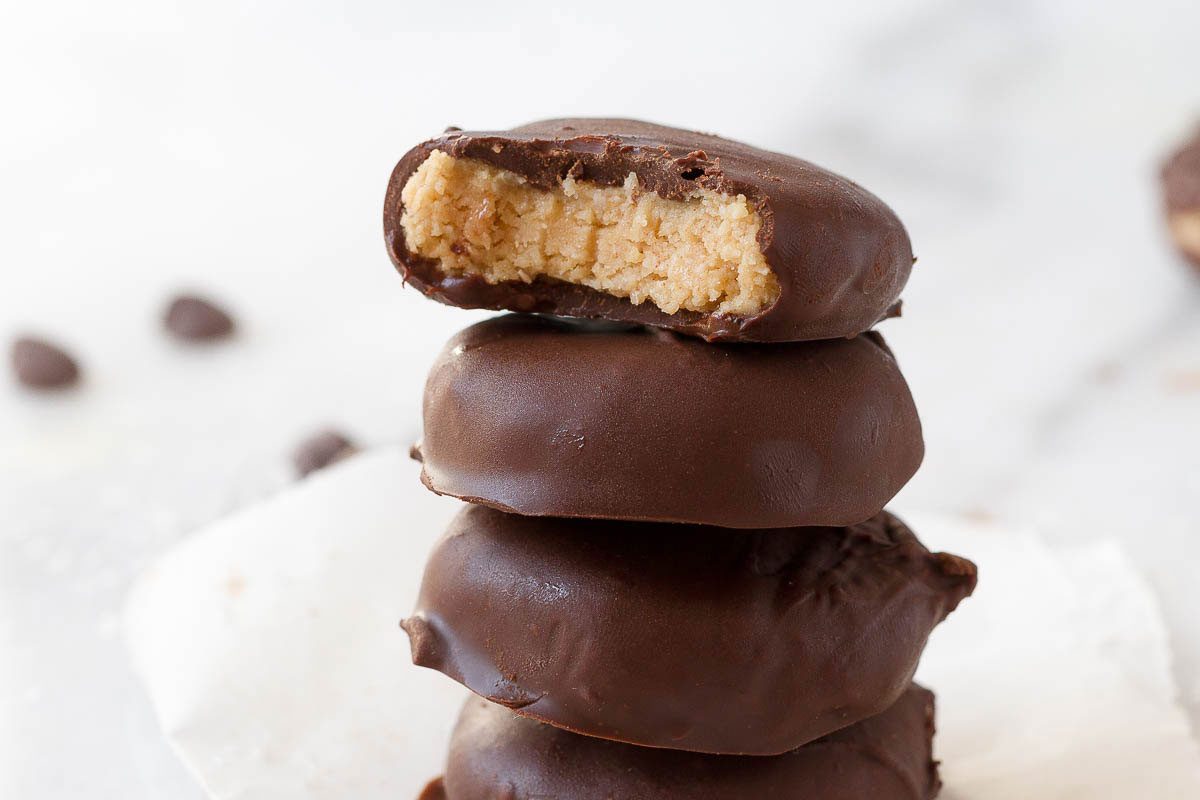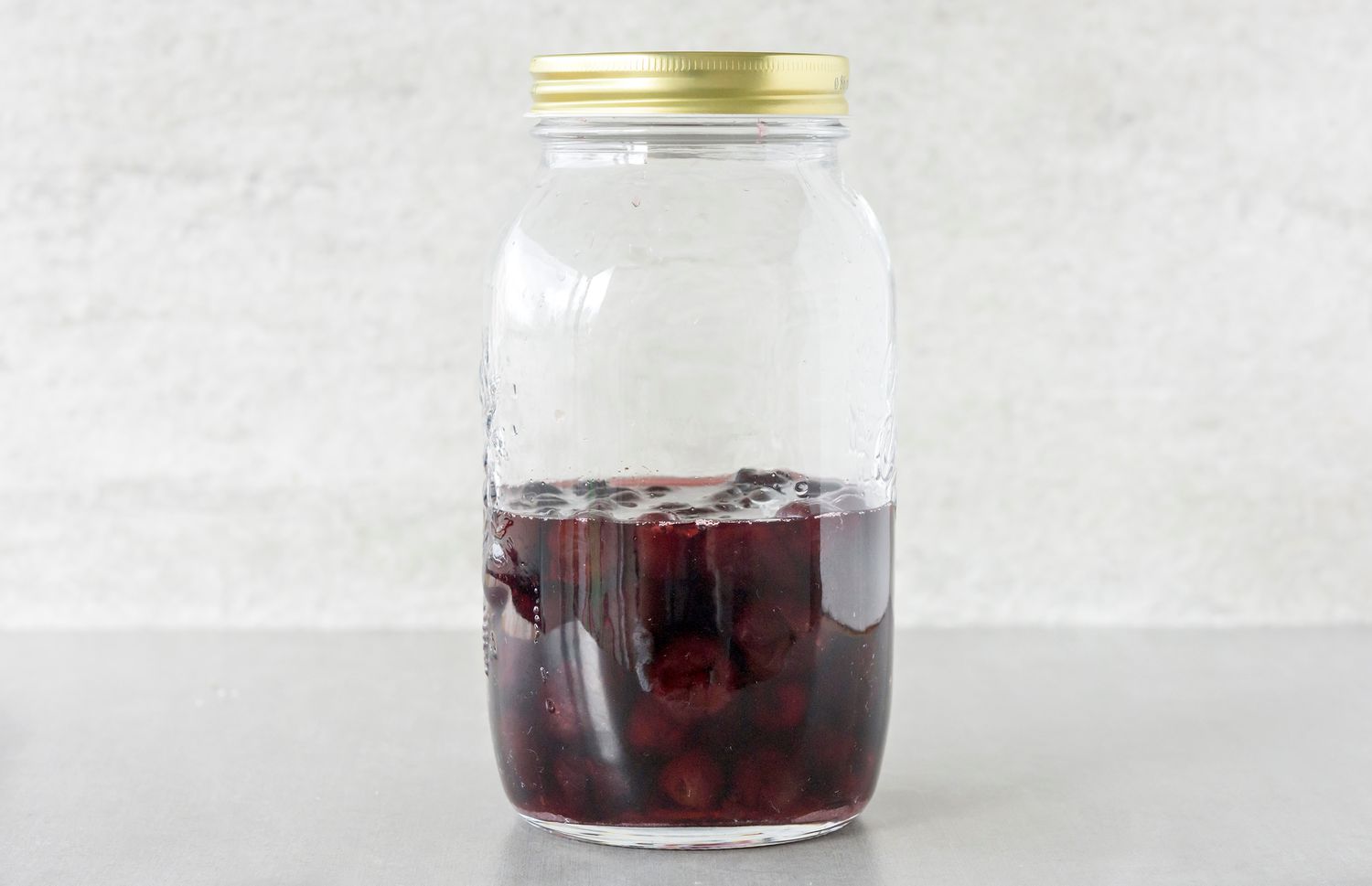Cooking in a bomb shelter might sound challenging, but with some creativity, it can be a gourmet experience. Limited space and resources don't mean sacrificing flavor or nutrition. By using non-perishable ingredients, simple cooking tools, and smart storage solutions, you can prepare delicious meals even in tough conditions. Think canned goods, dried herbs, and vacuum-sealed proteins. With a bit of planning, you can turn your shelter into a cozy kitchen, making hearty soups, stews, and even desserts. Let's explore how to elevate your bomb shelter cooking to a gourmet level, ensuring every meal is both satisfying and comforting.
Essential Ingredients for Your Gourmet Dish
Gourmet Approaches to Cooking in Bomb Shelters
-
Canned Goods
- Beans
- Tomatoes
- Tuna
- Corn
-
Dry Goods
- Rice
- Pasta
- Lentils
- Quinoa
-
Spices and Seasonings
- Salt
- Pepper
- Garlic powder
- Paprika
- Dried herbs (basil, oregano, thyme)
-
Oils and Condiments
- Olive oil
- Soy sauce
- Vinegar
- Mustard
-
Preserved Proteins
- Canned chicken
- Jerky
- Canned ham
-
Snacks and Sweets
- Crackers
- Nuts
- Dried fruit
- Chocolate
-
Beverages
- Bottled water
- Instant coffee
- Tea bags
-
Miscellaneous
- Instant soup packets
- Powdered milk
- Honey
- Peanut butter
Must-Have Tools for Gourmet Cooking
- Portable Gas Stove: Compact and easy to use, perfect for cooking in confined spaces.
- Cast Iron Skillet: Durable and versatile, ideal for a variety of cooking techniques.
- Pressure Cooker: Speeds up cooking time, a must-have for making stews and soups.
- Manual Can Opener: Essential for opening canned goods without electricity.
- Wooden Spoons: Safe for use on all cookware surfaces, including non-stick and cast iron.
- Cutting Board: Preferably one that's easy to clean and store.
- Sharp Knife: A chef's knife can handle most cutting tasks.
- Water Purifier: Ensures access to clean drinking water for cooking and consumption.
- Solar Lantern: Provides lighting without the need for electricity.
- Thermal Cooker: Cooks food with retained heat, saving fuel.
- Hand-Powered Blender: For blending or pureeing ingredients without electricity.
- Measuring Cups and Spoons: For precise ingredient measurements.
- Portable Storage Containers: Keeps leftovers safe and minimizes waste.
- Insulated Cooler: Useful for keeping perishables fresh longer.
- Fire Extinguisher: A safety must-have in any cooking area, especially in confined spaces.
Cooking in bomb shelters requires creativity and adaptability. Focus on non-perishable ingredients, simple yet nutritious recipes, and minimalistic cooking methods that utilize limited resources efficiently. Safety and practicality are paramount.
The Importance of Gourmet Cooking in Bomb Shelters
Cooking in bomb shelters ensures nutrition and morale during emergencies. Using gourmet approaches can make meals more enjoyable and nutritious, providing comfort in stressful times.
Creative cooking with limited resources helps maintain a sense of normalcy and community, boosting mental health and resilience in challenging situations.
Step-by-Step Guide to Creating Your Gourmet Dish
Gourmet Approaches to Cooking in Bomb Shelters
-
Assess Available Ingredients
- Inventory all non-perishable items.
- Check expiration dates.
- Organize by type: grains, canned goods, spices.
-
Plan Balanced Meals
- Incorporate protein, carbohydrates, and fats.
- Rotate ingredients to avoid monotony.
- Consider nutritional needs for energy and health.
-
Maximize Storage Space
- Use airtight containers.
- Label with dates and contents.
- Stack efficiently to save room.
-
Utilize Multi-functional Tools
- Invest in a manual can opener.
- Keep a portable stove or camping stove.
- Have a set of durable pots and pans.
-
Prioritize Cooking Methods
- Opt for one-pot meals to save fuel.
- Use a pressure cooker for faster cooking.
- Consider no-cook options like salads or sandwiches.
-
Enhance Flavor with Spices
- Stock a variety of spices: salt, pepper, garlic powder, paprika.
- Experiment with spice blends.
- Add fresh herbs if available.
-
Conserve Water
- Use minimal water for cooking.
- Recycle water from rinsing vegetables for soups.
- Store water in clean, sealed containers.
-
Maintain Cleanliness
- Sanitize cooking surfaces regularly.
- Wash hands before handling food.
- Dispose of waste properly to avoid pests.
-
Adapt Recipes
- Substitute ingredients based on availability.
- Adjust cooking times for different equipment.
- Be creative with combinations.
-
Monitor Fuel Usage
- Track fuel levels.
- Use efficient cooking methods.
- Have backup fuel sources.
-
Prepare for Power Outages
- Keep battery-operated lights.
- Store matches and lighters.
- Have a manual food grinder.
-
Stay Informed
- Listen to news updates.
- Follow safety guidelines.
- Adjust plans as needed.
-
Practice Safety
- Keep a fire extinguisher nearby.
- Avoid open flames in confined spaces.
- Ensure proper ventilation.
-
Involve Everyone
- Assign tasks to family members.
- Teach basic cooking skills.
- Share meal planning responsibilities.
-
Stay Positive
- Create a pleasant dining atmosphere.
- Celebrate small victories.
- Maintain a routine for normalcy.
-
Monitor Health
- Watch for signs of malnutrition.
- Ensure adequate hydration.
- Seek medical advice if needed.
Cooking in Bomb Shelters: Final Thoughts
Cooking in bomb shelters doesn't mean sacrificing flavor or nutrition. With a bit of creativity, you can whip up delicious meals using non-perishable ingredients and limited resources. Stock up on canned goods, dried foods, and spices to keep your meals interesting. Portable stoves and manual kitchen tools will be your best friends. Remember, meal planning is crucial. Think about nutritional balance and variety to keep everyone healthy and satisfied. Practice some of these recipes now so you're prepared if the need arises. Cooking in a bomb shelter can be a challenge, but with the right mindset and preparation, you can turn it into an opportunity to create comforting, nourishing meals for you and your loved ones. Stay safe, stay prepared, and keep cooking!
Common Questions About Gourmet Cooking
What are some essential ingredients to keep in a bomb shelter?
Stock up on non-perishable items like canned beans, rice, pasta, dried fruits, and nuts. Don't forget spices and condiments to add flavor. Also, consider powdered milk and bouillon cubes for versatility.
How can I cook without a stove or oven?
Use a camping stove or portable gas burner. If those aren't available, a solar cooker or even a makeshift grill using charcoal can work. Just ensure proper ventilation to avoid smoke buildup.
Are there any easy recipes for bomb shelter cooking?
Yes, try a one-pot meal like rice and beans. Combine canned beans, rice, spices, and water in a pot. Simmer until the rice is cooked. Another option is a tuna salad using canned tuna, mayo, and any available veggies.
How do I store food to keep it fresh longer?
Use airtight containers to keep out moisture and pests. Store items in a cool, dark place. Rotate your stock, using older items first. Consider vacuum-sealing for longer shelf life.
What are some nutritious options for long-term storage?
Focus on whole grains, legumes, and dried fruits. These provide essential nutrients and have a long shelf life. Canned vegetables and meats are also good options for balanced meals.
Can I make bread in a bomb shelter?
Absolutely! Try a simple flatbread recipe. Mix flour, water, salt, and a bit of oil. Knead into a dough, then cook on a hot surface like a skillet or even a flat rock if necessary.
How do I ensure safe drinking water?
Use a water filter or purification tablets. Boiling water is another effective method. Store water in clean, sealed containers and rotate regularly to ensure freshness.
